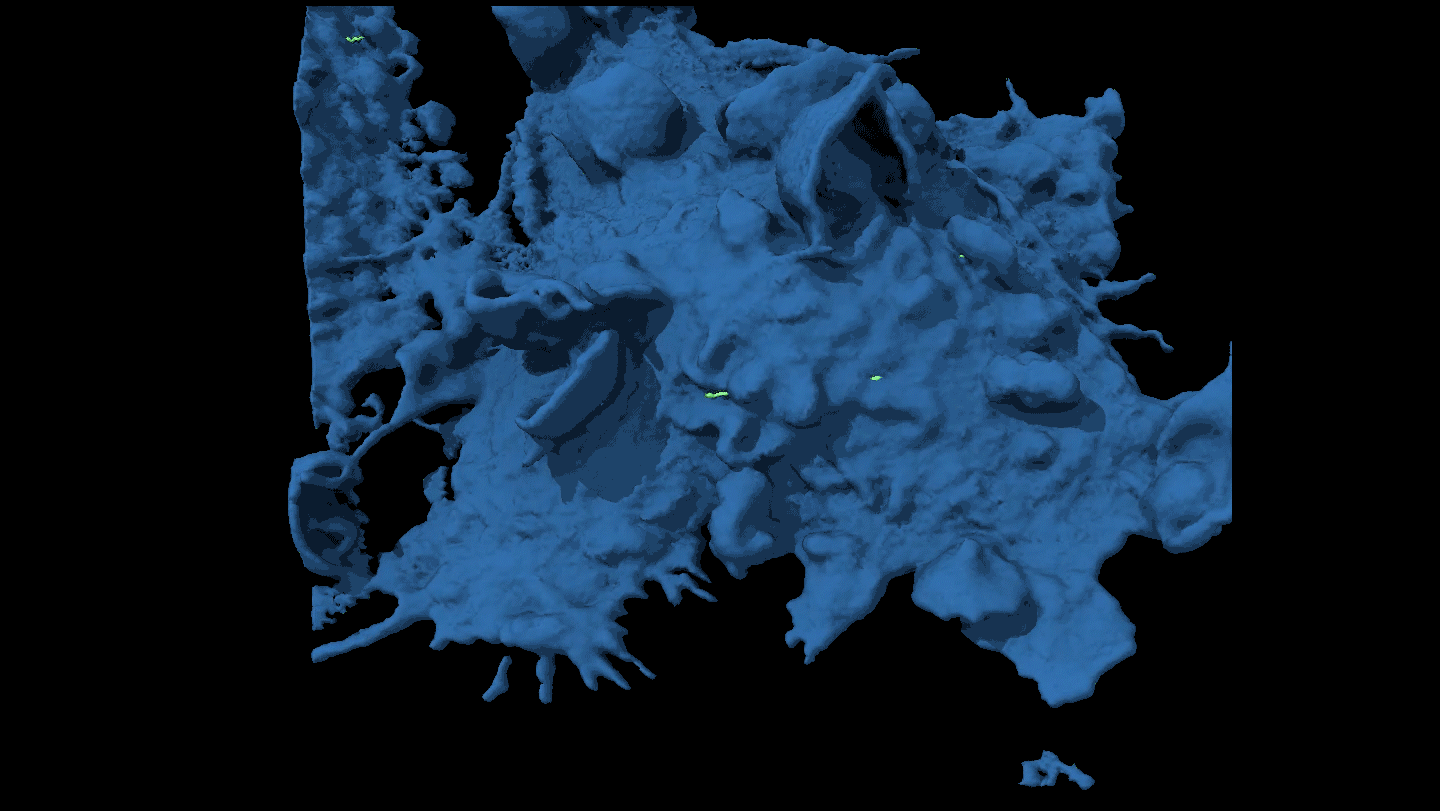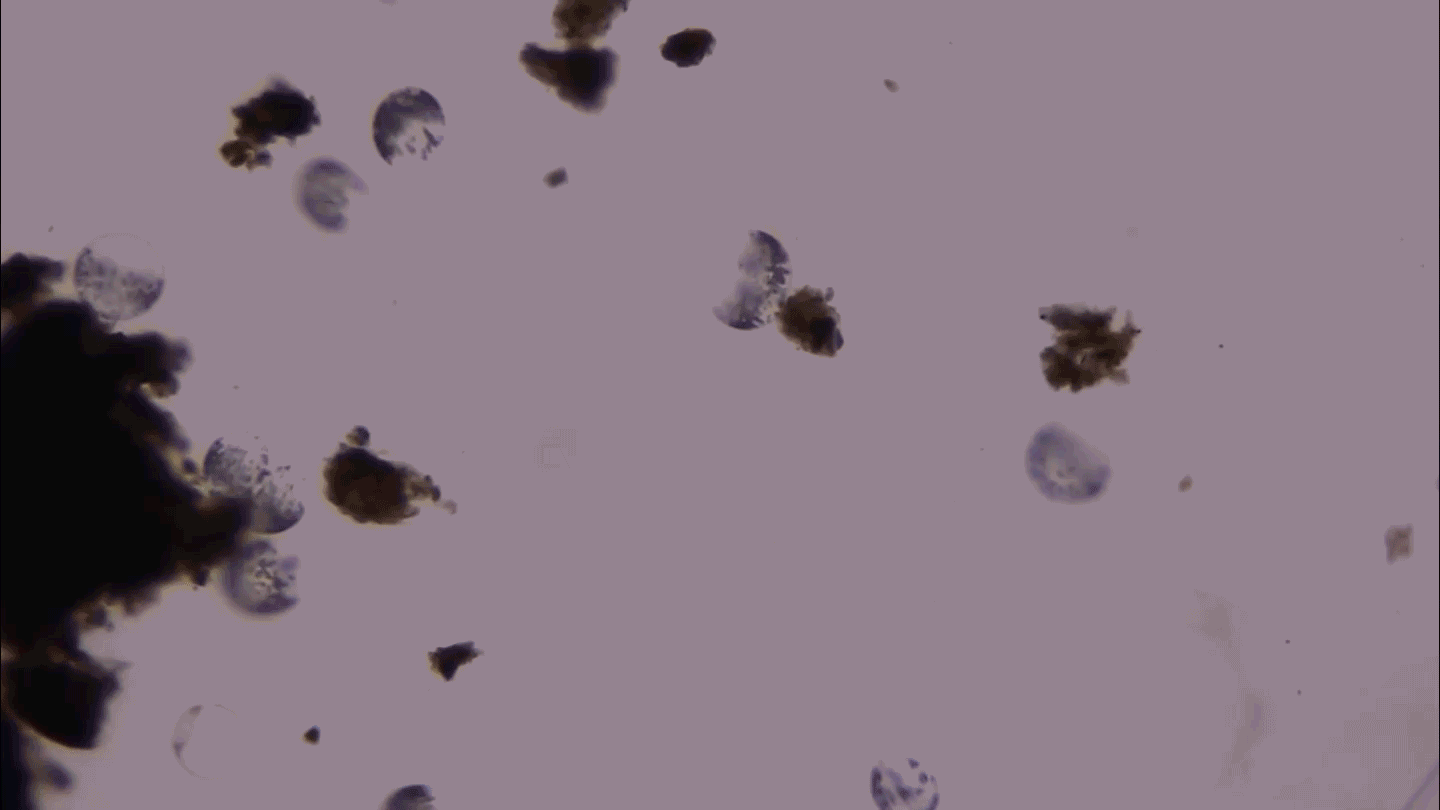- More than 2 years ago
People may not be quite the humans they think they are. Or so suggests new research showing that the human genome is part bornavirus.
Bornaviruses, a type of RNA virus that causes disease in horses and sheep, first inserted their genetic material into ancestral human DNA at least 40 million years ago, the study shows. The findings, published January 7 in Nature, provide the first evidence that RNA viruses other than retroviruses (such as HIV) can stably integrate genes into host DNA. The new work may help reveal more about the evolution of RNA viruses as well as their mammalian hosts.
“Our whole notion of ourselves as a species is slightly misconceived,” says Robert Gifford, a paleovirologist at the Aaron Diamond AIDS Research Center, affiliated with Rockefeller University in New York City. Human DNA includes genetic contributions from bacteria and other organisms, and humans have even come to rely on some of these genes for basic functions like fighting infections.
In the new study, Japanese researchers found copies of the bornavirus N (for nucleoprotein) gene inserted in at least four separate locations in the human genome. Searches of other mammalian genomes also showed that the gene has hitched rides in a wide variety of species for millions of years.
“Clearly they provide a fossil record of bornavirus that was previously only available for retroviruses,” says John Coffin, a virologist at Tufts University School of Medicine in Boston who coauthored the study. “It tells us that virus evolution doesn’t proceed the way many people have viewed it.”
Scientists have long had direct evidence of retroviruses’ ancient origins: Molecular fossils of those viruses persist in the genomes of species infected long ago.
Other RNA “viruses all look like they are relatively young, which doesn’t make any sense,” says Michael Emerman, a virologist at the Fred Hutchinson Cancer Research Center in Seattle.
Estimations of viral ages are calculated from mutation rates. RNA viruses’ high mutation rates make it seem as if the viruses’ molecular clocks are ticking faster than those of other viruses. “The high mutation rate doesn’t allow us to see far into the past,” Emerman says.
Many virologists suspected that RNA viruses were much older than molecular clock estimates suggested, “but it’s nice to see direct evidence,” he says.
In the new study, researchers led by Keizo Tomonaga of Osaka University found that two human genes are similar to the bornavirus N gene. These two genes, now called EBLN-1 and EBLN-2 for endogenous Borna-like N, are molecular fossils of an ancient bornavirus.
Retroviruses make up about 8 percent of the human genome. When these viruses insert into the genome, the result is usually bad for the host. But not always: Some retrovirus proteins can help fight off infection with other retroviruses. And at least twice in primate evolution retrovirus insertions have added genes to the host genome that aid in making the placenta. Now those proteins are essential for placenta development, says Cédric Feschotte, an evolutionary geneticist at the University of Texas at Arlington. It is not clear what role, if any, the EBLN-1 and EBLN-2 genes play in humans.
Other mammals, including chimpanzees, gorillas, orangutans, macaques, mouse lemur, African elephant, Cape hyrax and 13-lined ground squirrels all carry N gene insertions in their genomes, Tomonaga and colleagues found. The insertion in the ground squirrel genome was probably a relatively recent event, occurring not more than 10 million years ago, the researchers report.
But bornavirus insertion isn’t all ancient history. In laboratory experiments, Tomonaga’s team found that modern bornavirus can integrate into the DNA of human, monkey, rat and dog cells. And mice with bornavirus infections were shown to have new insertions in brain cell DNA.
Modern bornaviruses are known to infect nerve cells, but the new study shows that the viruses are capable of infecting and inserting genes into many other types of cells. For the inserted virus sequences to pass to the next generation, the ancient infection must have happened in tissues that give rise to eggs or sperm. Scientists call these tissues the germ line.
“The fact that these viruses were able to get into the germ line, which requires many chance events, implies that they may insert at some appreciable frequency,” Gifford says.
Feschotte agrees. “That, to me, is a revelation,” he says.
He speculates that bornavirus could be another source of human mutations, especially in neurons. Some studies have linked infection with the virus to psychiatric disorders such as schizophrenia. Feschotte thinks modern bornaviruses may worm their way into human DNA in the neurons, creating mutations in genes that could lead to schizophrenia.
Tomonaga says the schizophrenia link is “not likely.” Because bornavirus genes insert randomly in the genome, “it is not conceivable that mutations [caused] by the integration lead to the specific brain disorders, such as schizophrenia,” he says.







